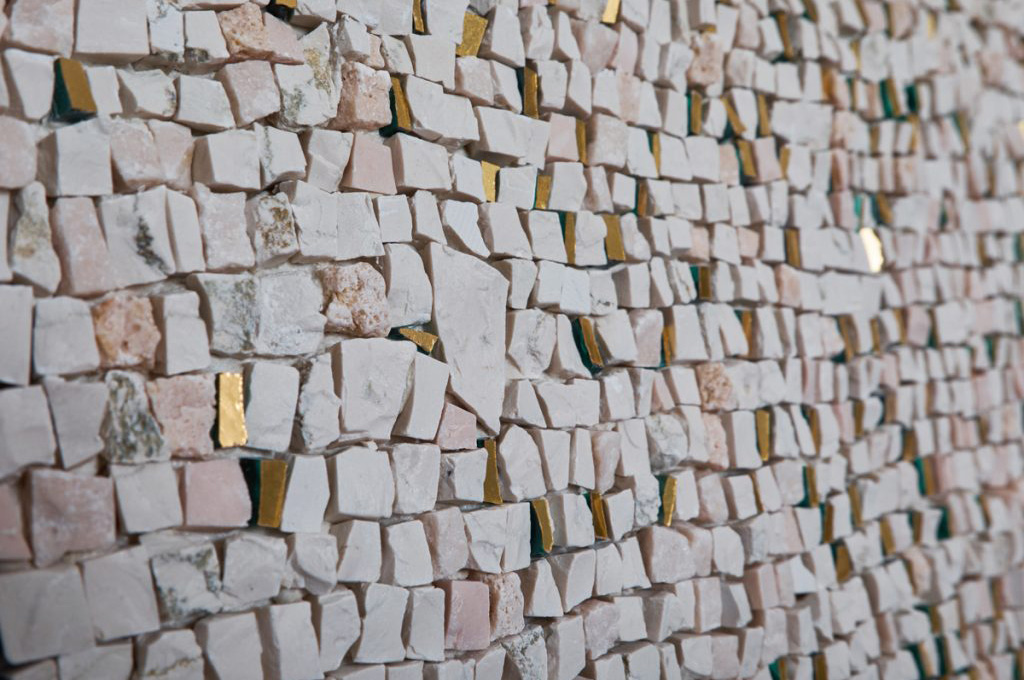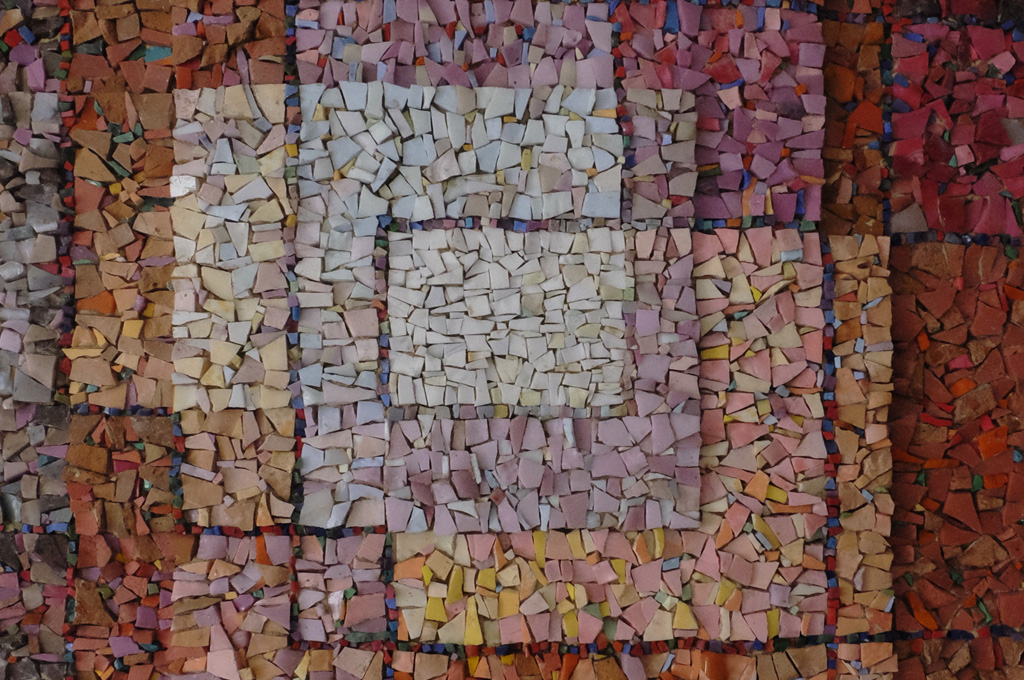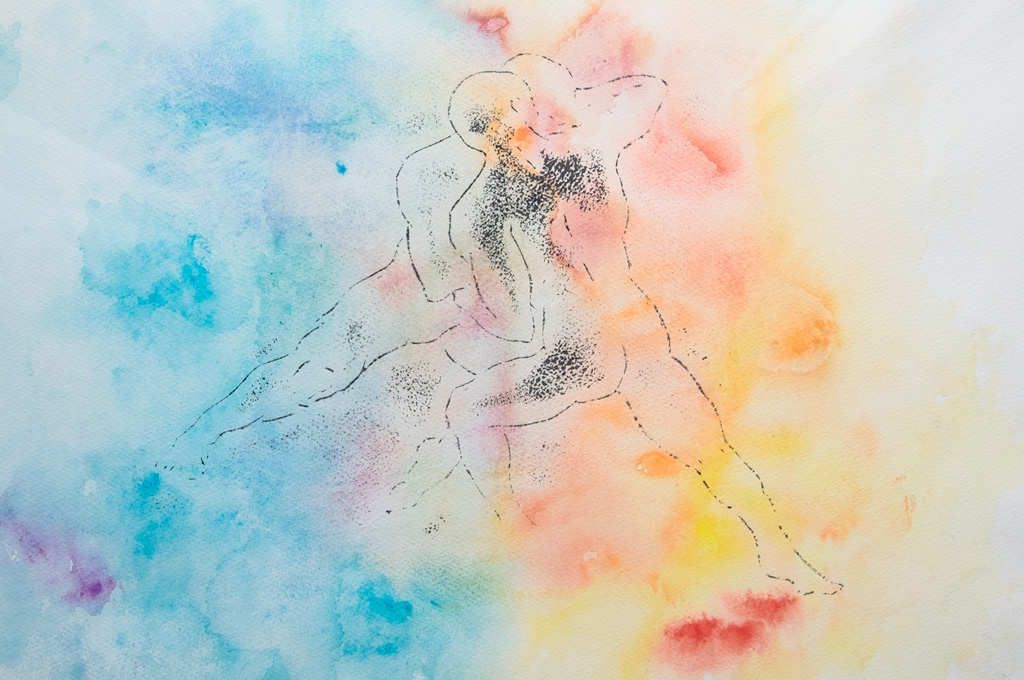How much space do you need to move around?
Tiles, grout lines and andamento are the three main ingredients for the success of an artistic mosaic (I talk about it more generally in this article). Among these, the escape deserves a couple of reflections because its role is not so banal and obvious.
First of all, the grout line is the space between one tile and another. It is physiological and necessary. As with any covering (imagine a tiled floor), it is that buffer that allows the material to make those micro-movements, which otherwise would lead to cracks or breaks. It allows a kind of elasticity and the expansion and the contraction of the materials; you can imagine it as the cartilage present in our joints and when it is not there, they are pains!
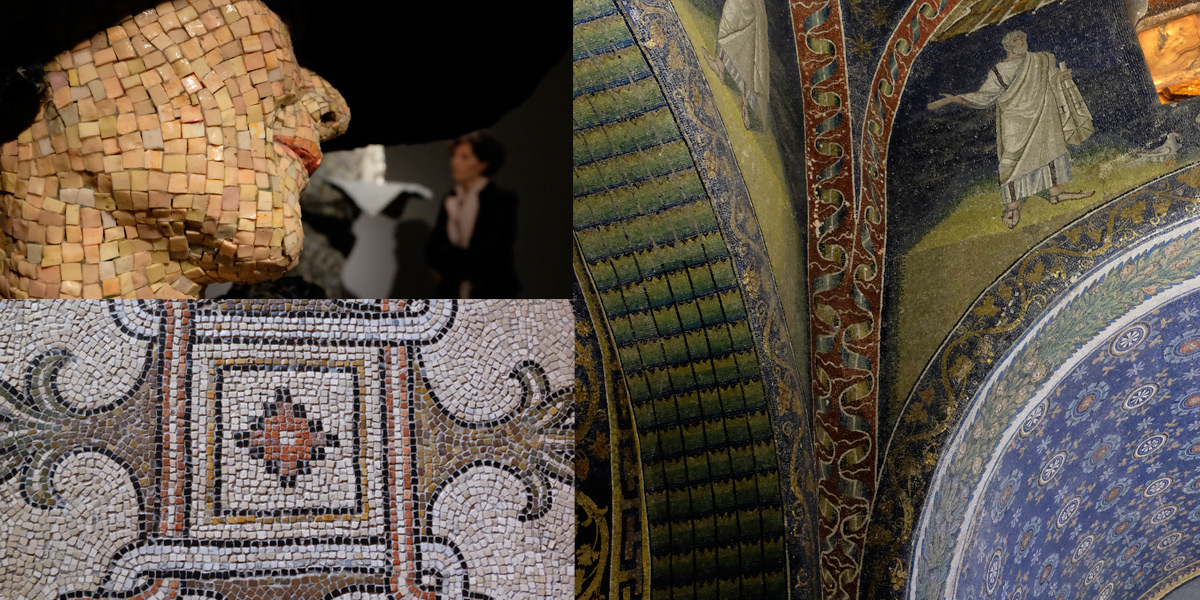
Different kind of mosaic surfaces.
In addition to this function, it allows the mosaic to fully adapt to the support surface. Of course, on a perfectly straight wall or panel, the problem is relative. But let’s imagine we have to cover a dome, a column or a statue. Some empty space is needed between one tile and another to allow the material to adhere to the curves.
In short: like people, you need space around them to be able to move, the same goes for the tiles of a mosaic. How difficult is it to get to the exit on a crowded subway?
Now the question is: how much empty space do we need to be able to move? Should we imagine ourselves as desert nomads, or commuters in a crowded train?
Two schools of thought
Let’s focus on the artistic mosaic. Here I identify two schools of thought: the first tends to cancel the flight, considering it a nuisance. The second enhances it by considering it an integral part of the mosaic development.
For the first way of thinking, the sides of the tiles must always be parallel to each other and the space is reduced to a minimum. The advantages of this approach are two:
1. There is continuity in the tonal passages of the colors of the tiles, because they are not interrupted by the color of the grout line.
2. Reading the reproduced image is made easier. In fact, the regular cut of the tiles and their orderly arrangement highlight the andamento that allow us to correctly interpret the mosaic.
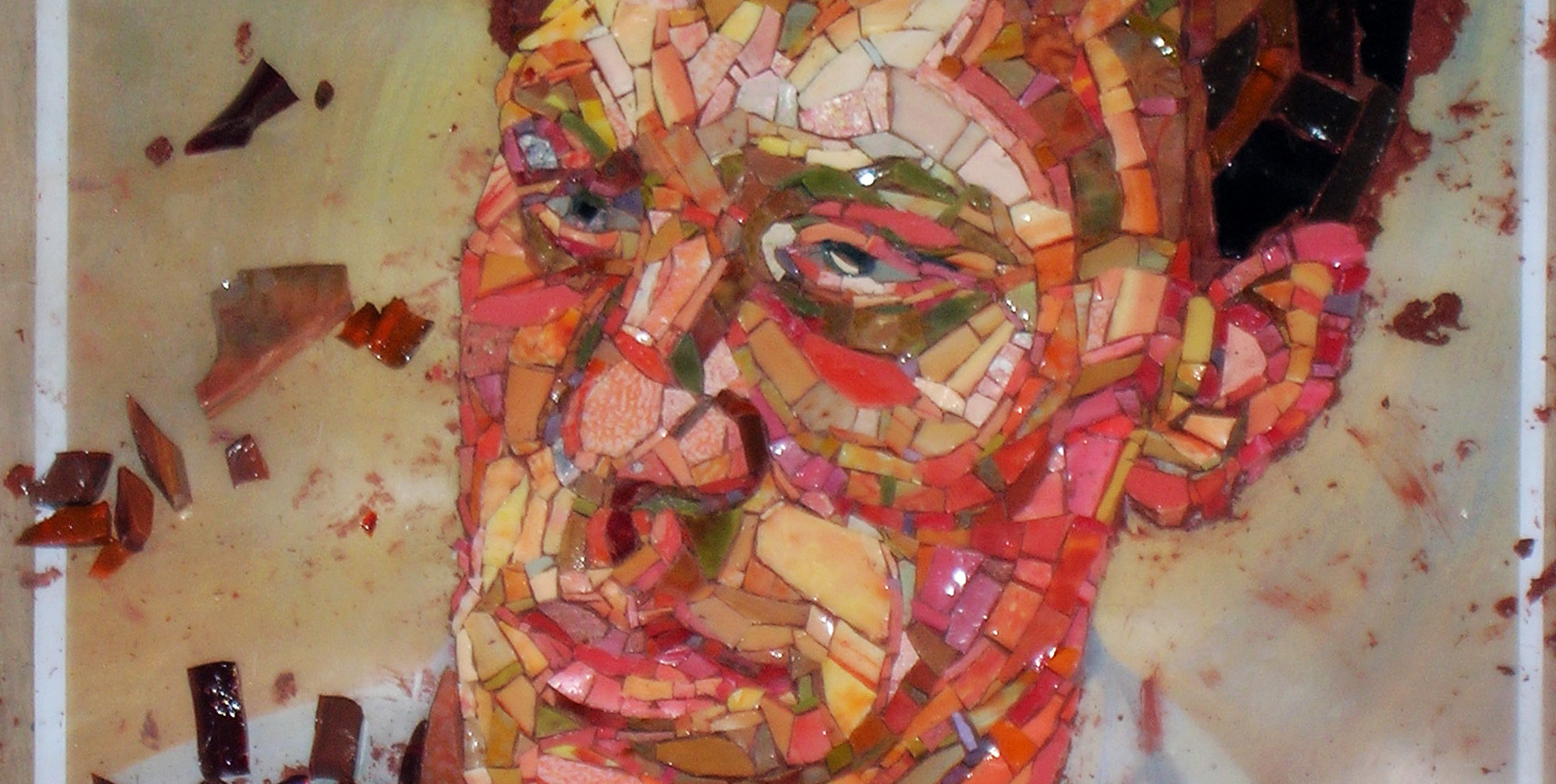
My interpretation of a portrait of L. Freud, during my studies at the Scuola Mosaicisti del Friuli.
Often this way of working is used when the subject is a portrait and the aim is to achieve a result close to photorealism. These achievements are very difficult because you need a great technique and ability to cut the tiles. Sometimes, in addition to using the hammer, to cut the material, it is necessary to use a grinding wheel to smooth the edges of the tiles to make them fit together perfectly.
The grout line as "differently full"
The other current of thought is the opposite: it considers the fugue as an integral part of the mosaic and is not afraid if it is highlighted, quite the contrary. In this case, the space between one tile and another is not seen as a disturbing element, or empty space. Rather, the escape is to be understood as a “differently full“. And this is my position.
To better understand this concept, let’s imagine we need to make a row of tiles. These can be arranged on a regular basis (first school of thought) but if we try to rotate a tile or two, perhaps adapting their dimensions a little, a magic happens: the space we dedicated to the grout line before, is redistributed in a different way and , as in music we have more or less long pauses between one note and another, here the same happens. We can start talking about the rhythm of the composition. Here the escape, from a disturbing element or a purely mechanical function, becomes something active: it is a differently full space.
This way of working has two advantages:
1. Aesthetic: the wider spaces between tiles allow the insertion of third colors that enrich the color mixture, making it vibrate more.
2. Practical: it allows a faster execution, because it is possible to cut all the material in advance and then spread it out at a later time.
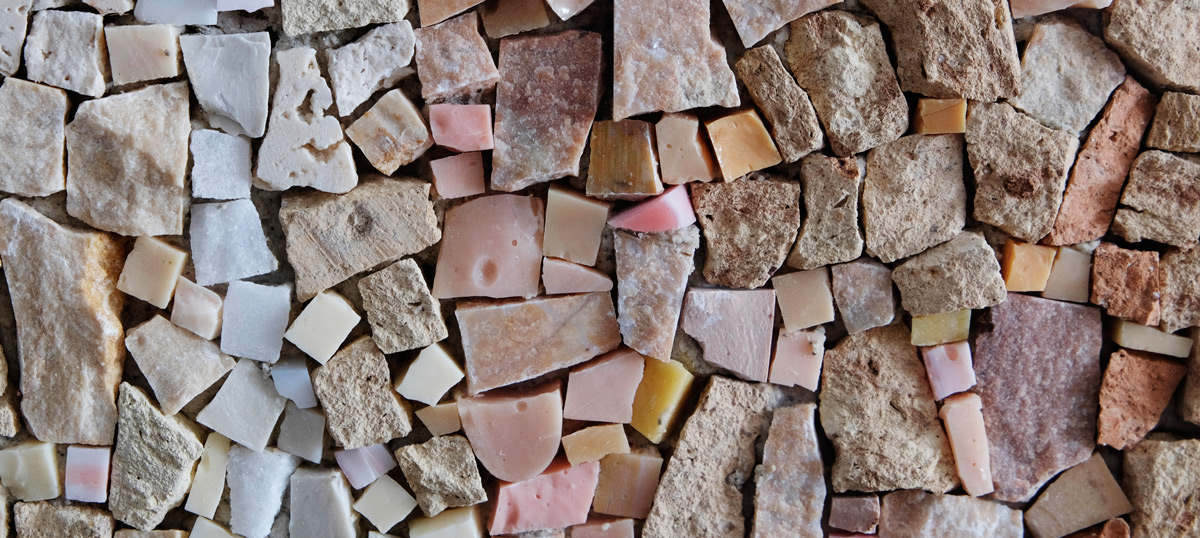
Detail of one of my works. The arrangement of the tiles is highlighted, leaving ample room for grout lines.
Another important aspect is that, in this way, andamento tend to disappear, to be implied because they are no longer followed to the letter. The andamento lines are continuously interrupted by the insertion of tiles.
Here we begin to work on the delicate balance between chaos and order (I’m talking about it here). Here I am at ease and here I find a sense of my work.

